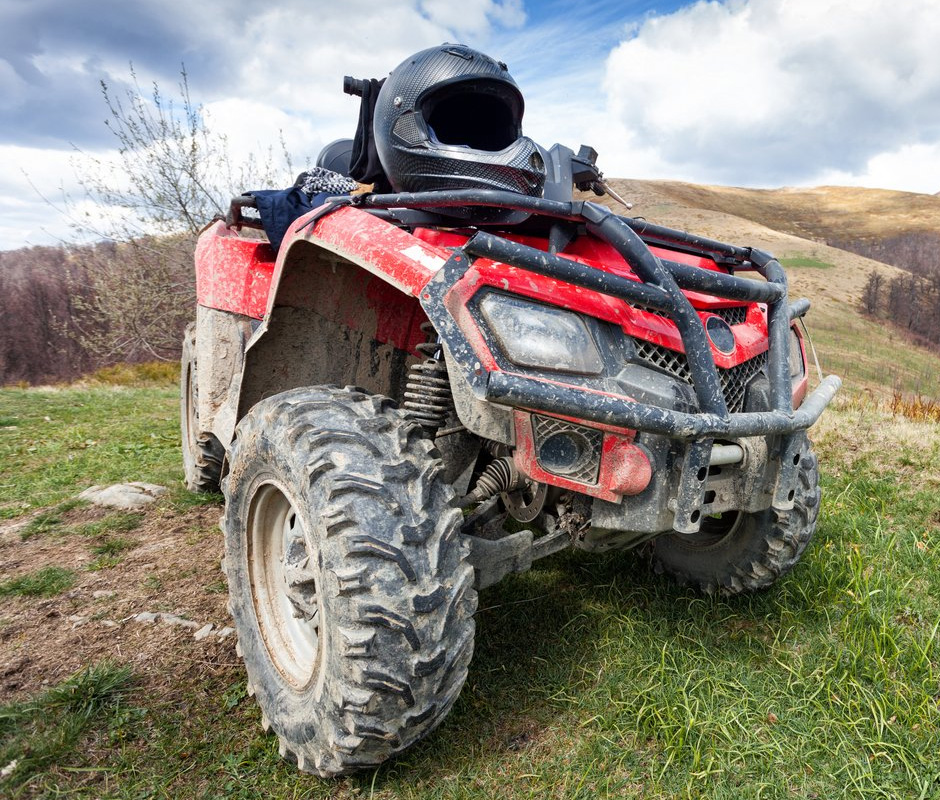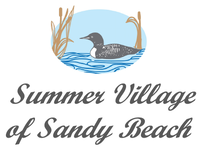Trail Map and Etiquette.
Please do not wreck or destroy Village property like signage, culverts and other infrastructure and do NOT access the woods to the east of Lakeshore with any vehicle or truck. Vehicles parked on the road will be reported to the Peace Officer for removal at cost to owners. Thank you for your cooperation.
Its important for all users of our roads and trails to note that some ATV's have become a concern lately with some high speed activity on Lakeshore Drive in the evening. Peace officers are now aware that some are operating these vehicles on our roads and trails without any form of registration or insurance. You have been warned.
Please respect the SHARED use of our trail system so that pedestrians or hikers and walkers (with dogs) can safely enjoy intersecting areas - always keep to a low speed and make sure you adhere to traffic safety laws. Respect all users and do not veer off track or make unnecessary grievances for other users.
Common sense can still be applied. Do NOT use liquor or drugs when operating any moving vehicle including your ATV and respect the beach front and when you return to Lakeshore Drive please make sure you do the same and avoid speeding, stunting, aggressive driving and being a general nuisance.
Thank you for your cooperation.

Using a OHV
An off-highway vehicle (OHV) is defined in the Traffic Safety Act as any motorized mode of transportation built for cross-country travel on land, water, snow, ice or marsh or swamp land or on any other natural terrain.
OHV helmet use is mandatory. The Traffic Safety Act includes an OHV Helmet Law. This means that helmets are mandatory for those riding OHVs on public land, unless otherwise exempt.
Where can’t you go? As an OHV user, you’re prohibited from riding within any “Open Space, Municipal Reserve, Shore bed, Riparian or Lake bed including in front or over of private residence on lakeshore, Day Parks” areas — meaning any public land or property under municipal control.
This means boat launches, day-use sites, viewpoints, campgrounds, community complexes, parks, playgrounds, trails, staging areas, vacant land, municipal reserves and environmental reserves are all strictly off limits to OHVs.
As the name suggests, walking trails are limited to pedestrian-use only (even if not signposted but are known to be used as such). Share and care please.
Pay special attention to the sections on speed regulations, unauthorized use on a highway (roadway), traveling the shortest route from a residence to a trail, and other rules and regulations.
Where can you go? You can ride your OHV on a highway, roadway, trail, or in an area set aside and clearly marked as a designated trail or area for OHV use. That’s it. When in these designated areas, both you and your off-highway vehicle must be in compliance with any rules that are posted. Penalties await riders who fail to follow these rules.
What documents do you need? In the event that a peace officer requests it, you must provide certain documents, including a valid driving license (minimum class 7), a valid insurance document, and a valid registration certificate. It’s important to have these documents on hand.
If you plan to ride an OHV on public land, including Crown land, make sure it’s registered, insured, and equipped with a licence plate, head-light, tail-light, muffler, and a spark arrester.
If you plan to ride an OHV on a public highway, make sure you have the appropriate valid driver’s license (Class 1-5 or 7), and written permission from either Alberta Transportation or the OHV bylaw to ride on that road.
OHV Regulations Maintaining safety standards for recreational motorists
In Alberta, an off-highway vehicle (OHV) is defined in the Traffic Safety Act as any motorized mode of transportation built for cross-country travel on land, water, snow, ice or marsh or swamp land or on other natural terrain, and without limiting the generality of the foregoing, includes, when specifically designed for such travel.
OHV Helmet Law
In an effort to enhance off-highway vehicle (OHV) safety, the Government of Alberta has amended the Traffic Safety Act to include a new OHV Helmet Law. This means that helmets are now mandatory for those riding OHVs on public land. OHVs include any motorized vehicle built for cross-country travel on land, ice, and snow. Common types of OHV are all-terrain vehicles (ATVs), snowmobiles, dirt bikes, utility terrain vehicles, and side-by-sides.
Impaired Driving (including the use of cannabis) is breaking the law.



